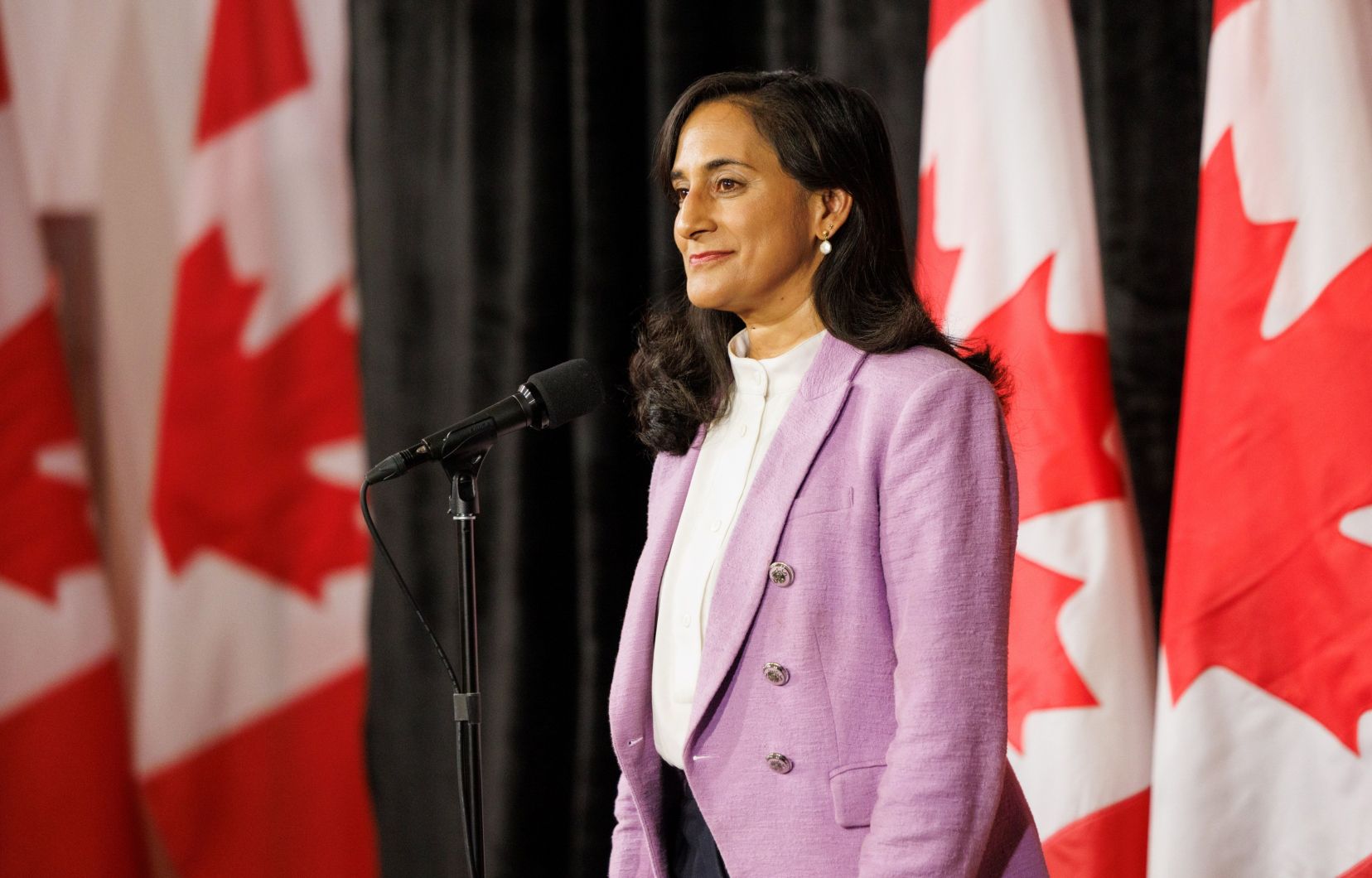Canada-U.S. relations took centre stage Tuesday morning at the federal cabinet retreat in Halifax, as Prime Minister Justin Trudeau and his team wrapped up the third and final day of their annual end-of-summer meetings.
Eight months ago, Mr. Trudeau launched a renewed “Team Canada” approach, reviving the game plan begun under Donald Trump’s first presidency. That initiative included all-out pressure on Canadian interests with those with influence around Mr. Trump, including Republicans in Congress, state governments and business leaders.
Donald Trump’s tumultuous four years in the White House have been difficult for Canada, as he forced a renegotiation of the North American Free Trade Agreement (NAFTA) and imposed tariffs on Canadian steel and aluminum. Canada and the United States later reached an agreement to end the tariffs.
Canada is looking to shore up its interests ahead of a possible Trump victory in November, but even if current Vice President Kamala Harris were to prevail, irritants and American protectionism would remain in play.
Treasury Board President Anita Anand spoke Tuesday about efforts to work with the United States to overcome obstacles at the border. She said Canada must be prepared for any scenario.
“We are undertaking this work because we know that it is important to maintain a very strong trade relationship with the United States, no matter who is in the White House,” she said.
Mme Anand noted that about $3.3 billion worth of goods cross the Canada-U.S. border every day.
Lumber still a bone of contention
Although liberals share many ideological positions with Kamala Harris and the Democrats, the relationship is not always harmonious with Washington.
Current U.S. tariffs on Canadian softwood lumber remain a major bone of contention between the two countries. Imposed in 2017, the tariffs remain in place despite multiple Canadian challenges. And earlier this month, the administration of Joe Biden — and Mme Harris — decided to increase them.
The Americans have also pressured Canada to resolve domestic issues on several occasions in recent years: border blockades by Freedom Riders in 2022, the possibility of a strike by the Canada Border Services Agency in June, and most recently, the work stoppage at Canada’s two major railways last week.
Ottawa also took steps Monday to bolster its protectionist defenses in the auto sector and appease the Americans, announcing that it would follow the United States on tariffs on electric vehicles built in China.
U.S. national security adviser Jake Sullivan, who attended the Canadian cabinet retreat Sunday night largely to discuss China, said the United States would not tell Canada what to do but acknowledged that cooperation would be helpful.
“Canada will make its own decisions, but the United States believes that a united front and a coordinated approach on these issues benefits everyone,” he said.
The 100% tariff alignment on electric vehicles was not a huge surprise, but Canada’s decision to match Washington’s 25% tariff on steel and aluminum products exactly was a little less certain.
Canada is also now considering whether to match planned U.S. tariffs on a host of other products from China, including electric vehicle batteries and battery parts, critical minerals, semiconductors and solar panels.
On Monday night, the cabinet met with CJ Mahoney, the former deputy U.S. trade representative who led the negotiations on the new NAFTA for the White House six years ago. The ministers also invited Steve Verheul, Canada’s former chief trade negotiator who led those talks for Trudeau and the Liberals.
Tuesday’s program includes a conversation with Canada’s current ambassador to Washington, Kirsten Hillman, as well as two of her predecessors, Frank McKenna and David MacNaughton.
The United States remains Canada’s largest trading partner, accounting for more than three-quarters of Canadian exports last year.
